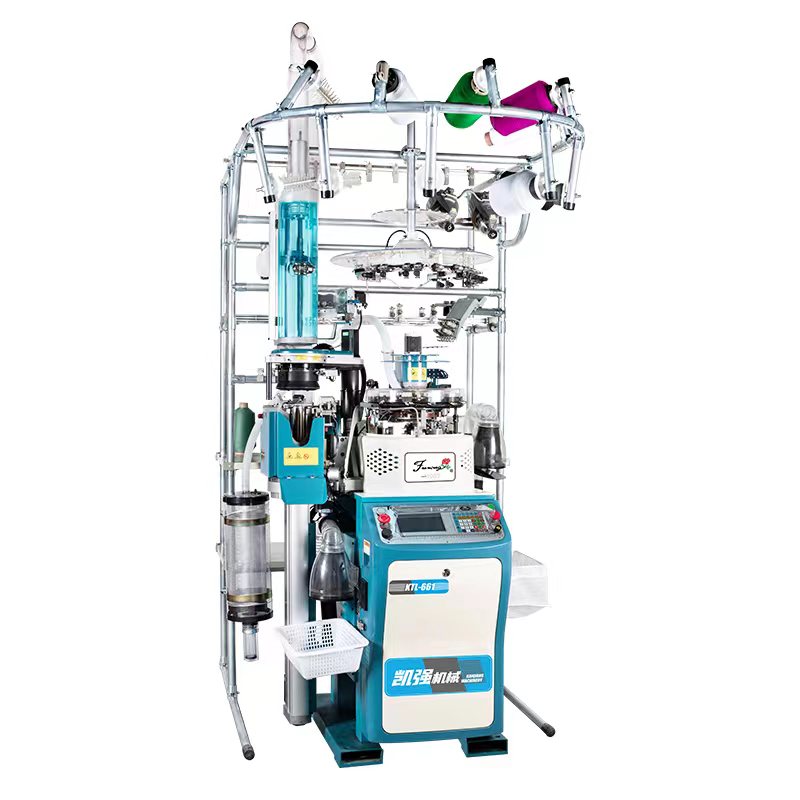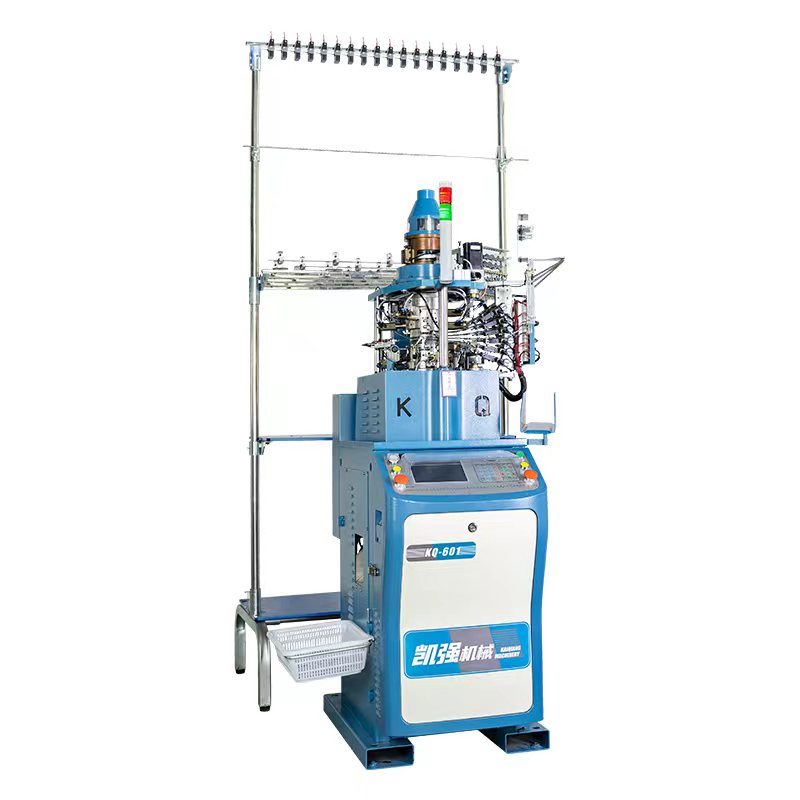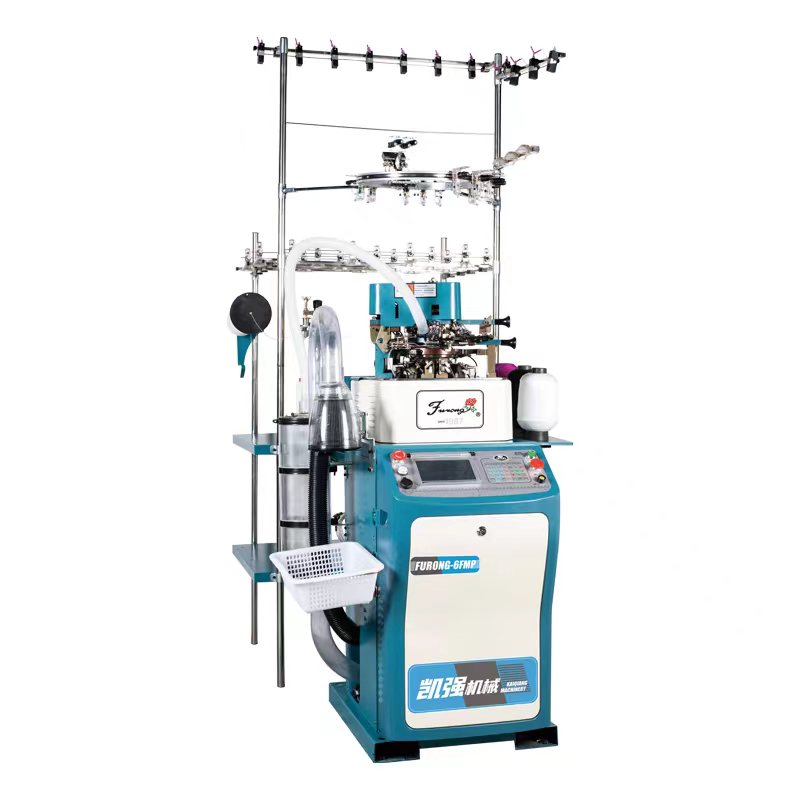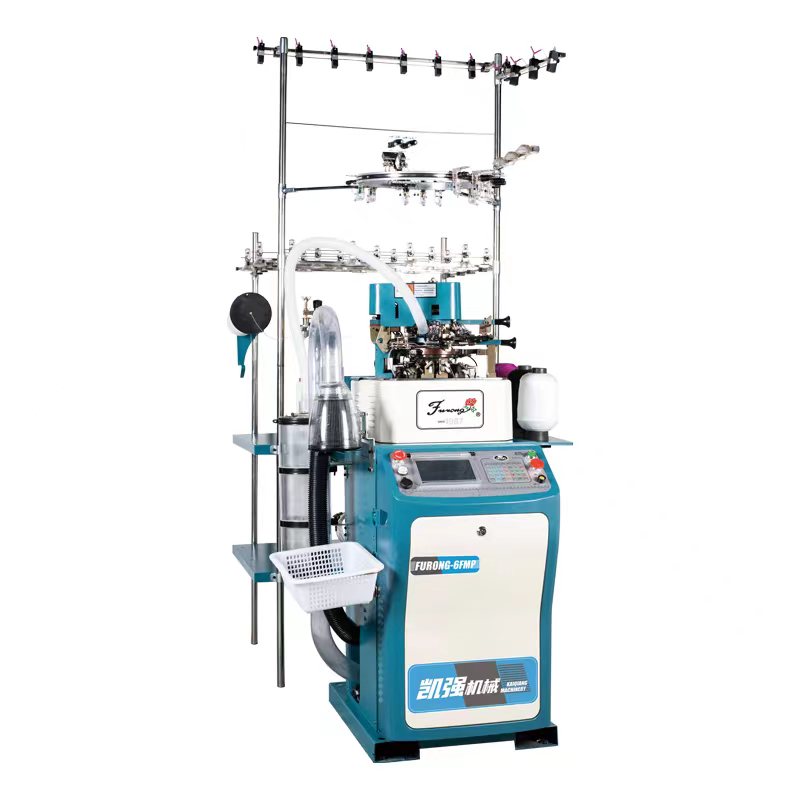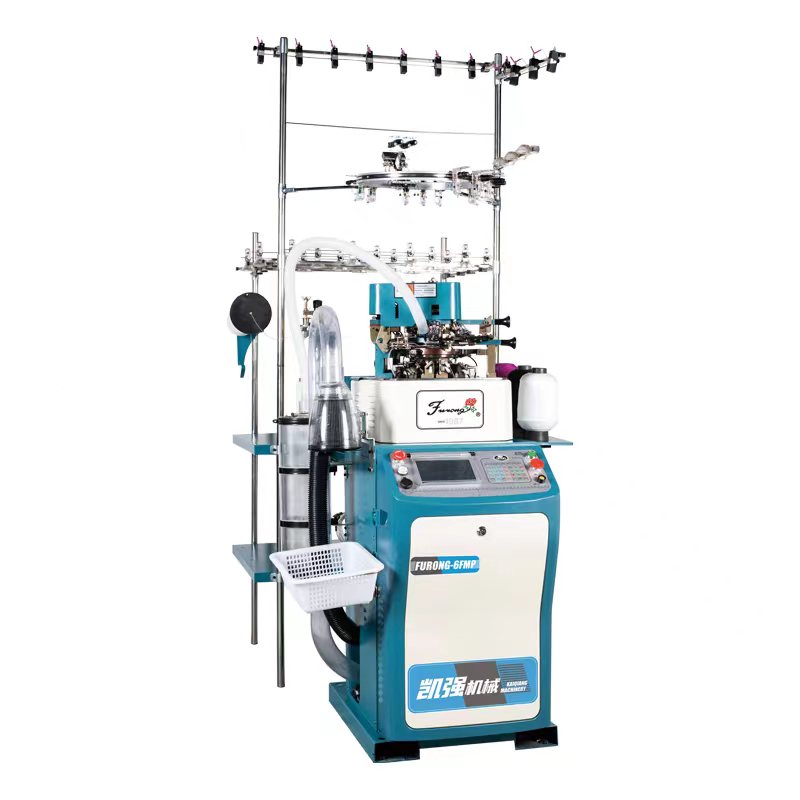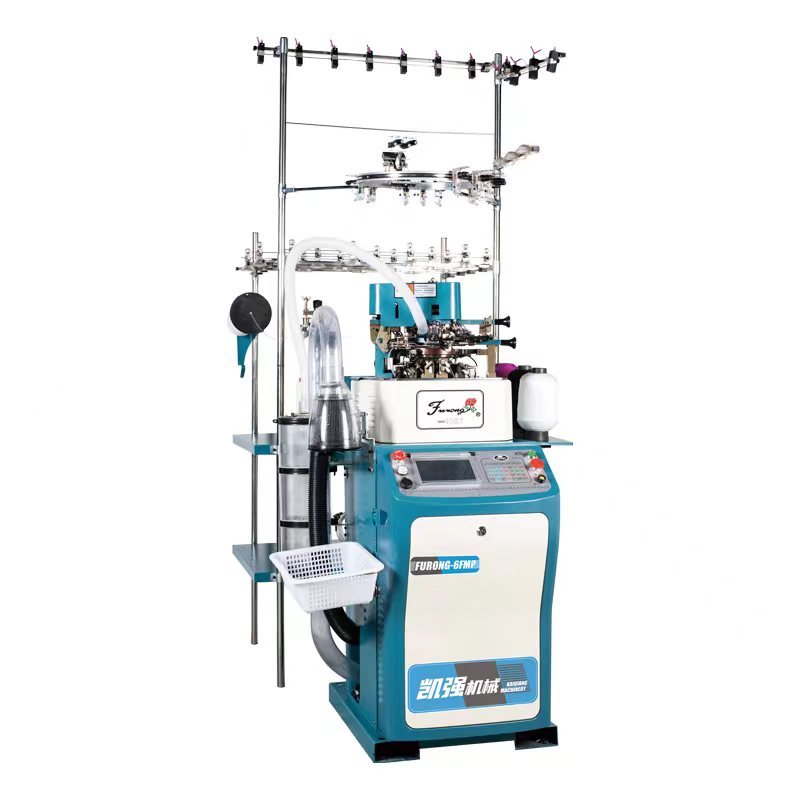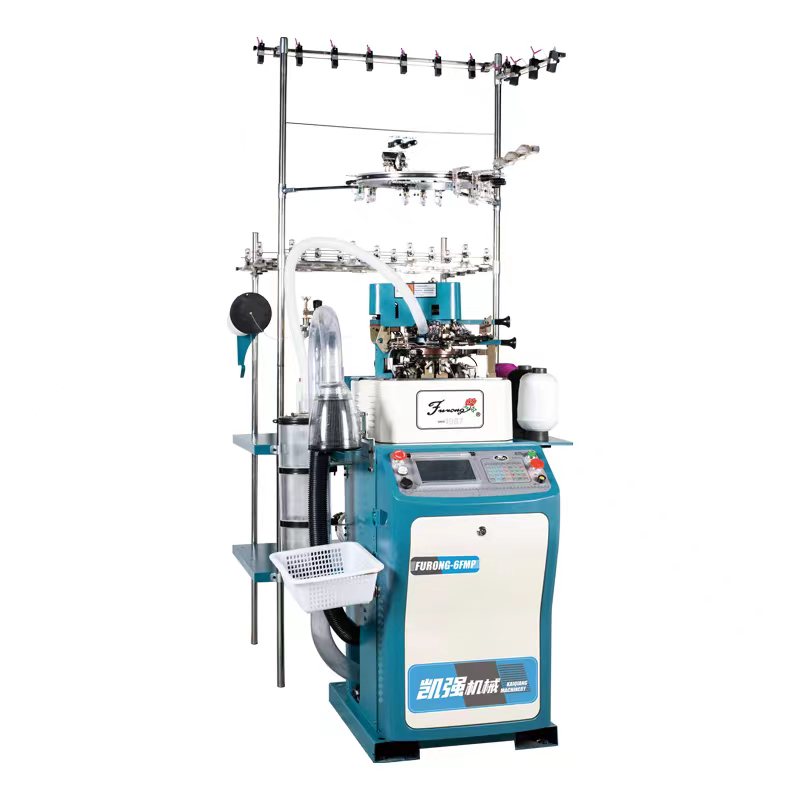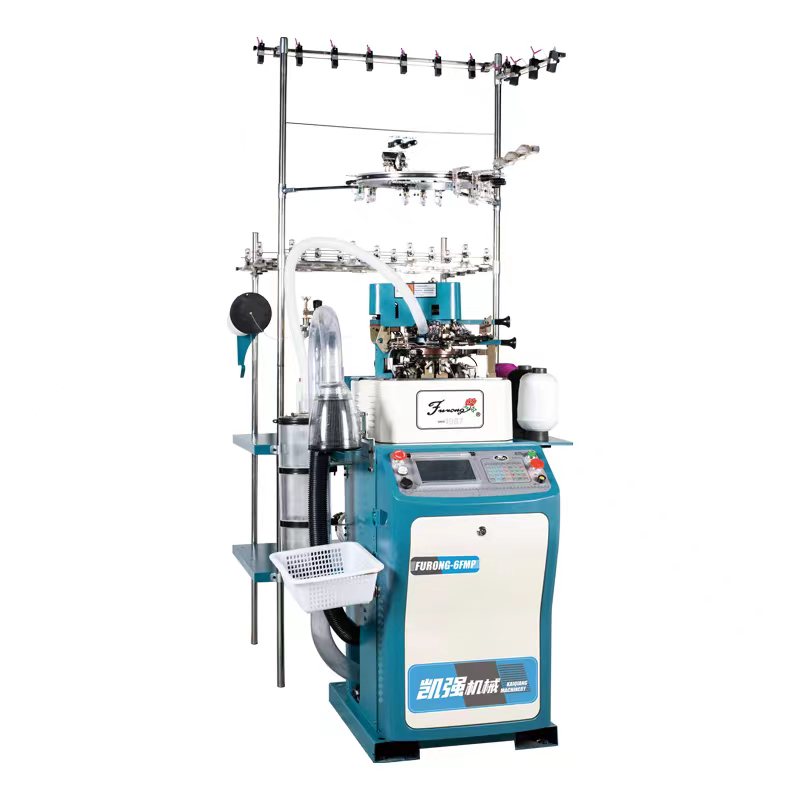The cylinder in an automatic socks knitting machine plays a crucial role in the knitting process, contributing to the creation of the sock fabric. Here are the key roles and functions of the cylinder:
Needle Placement:
The cylinder is equipped with a series of slots or grooves where needles are arranged. These needles are responsible for holding and manipulating the yarn to create the stitches that form the sock fabric.
Needle Movement:
The cylinder rotates during the knitting process, causing the needles to move in a circular motion. This movement is essential for the creation of stitches as the yarn is fed, looped, and interlocked.
Stitch Formation:
As the cylinder rotates, the needles on the cylinder interact with other components of the knitting machine, such as the yarn carriers and sinkers, to form stitches. This process repeats continuously, contributing to the formation of the entire sock fabric.
Looping Yarn:
The needles on the cylinder play a critical role in capturing and looping the yarn, creating the basic building blocks of knit stitches. The arrangement and movement of these needles determine the stitch pattern and overall structure of the sock.
Yarn Feeding:
The cylinder facilitates the controlled feeding of yarn to the needles during each rotation. This controlled yarn feed ensures that the correct amount of yarn is used in each stitch, contributing to the consistency of the sock fabric.
Pattern Control:
The cylinder, along with other components like cams and selectors, helps control the pattern and design of the sock. Specific arrangements of needles and their movement patterns contribute to the creation of different textures, colors, and patterns within the sock.
Sock Tube Formation:
The cylinder is instrumental in creating the cylindrical shape of the sock. As the needles knit in a circular motion, they form a tube-like structure that will later be shaped into the final sock design.
Ribbing and Texture:
By controlling the movement and arrangement of needles, the cylinder allows for the creation of various textures, including ribbing. Ribbed patterns contribute to the stretch, elasticity, and aesthetic appeal of the sock.
Heel and Toe Shaping:
In some automatic socks knitting machines, the cylinder is designed to facilitate specific movements for shaping the heel and toe sections of the sock. This is often achieved through the use of special needle arrangements and movements.
Sock Length Control:
The length of the sock is influenced by the number of rotations of the cylinder. By controlling the number of rotations and coordinating with other machine components, the cylinder contributes to accurate sock length.
In summary, the cylinder is a central component of an automatic socks knitting machine, orchestrating the movement of needles and facilitating the controlled formation of stitches to produce socks of various styles, patterns, and lengths. The design and capabilities of the cylinder greatly influence the versatility and efficiency of the knitting process.

 英语
英语 中文简体
中文简体